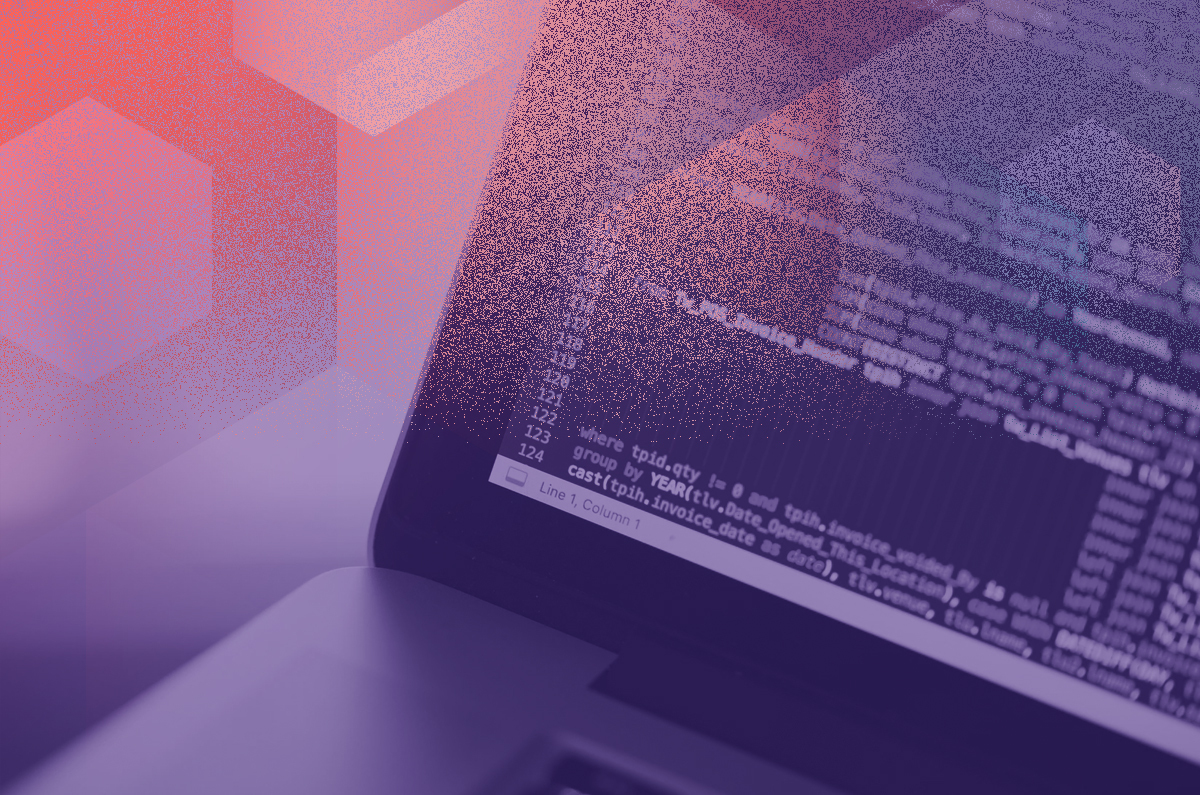
- By Tom Spencer
- ·
- Posted 25 Sep 2020
Performance issues in a application manifest as bottlenecks in one or more of the following 4 layers:
The first step in Performance Tuning is to have an environment setup that is a realistic copy of the production. Then we look at what exactly are the performance requirements, these will be expressed in terms of Round Trip Delay and Throughput (number of concurrent requests).
We can then devise some performance tests that exercise the application through typical usage scenarios and execute these tests to collate data that will provide the baseline for subsequent tests. The data can be collated in the following areas:
Once collated and represented in graphical form you can then start looking at indicators where bottlenecks may be occurring. Please note: that these are simply indicators of performance bottlenecks meant to highlight areas which will most likely require further investigation and tests (in isolation) to pin point the exact problem. Performance tuning is an iterative process with the following steps
Note: You should start with a baseline of results that you can compare the impact of your changes against. You should only tackle one bottleneck at a time making minimum necessary changes before performing another test. Once you have made enough improvements to satisfy the performance requirements then you should stop the tuning process.
Selecting the level of results for your baseline is also important since more granular data require more up-front work. One approach is to start at a higher-level, go through the process to see problems can be identified at that level. If not then create another more granular baseline and repeat the process. It is obviously very important that your environment and test scenarios remain the same as the baseline throughout the process.



Software is our passion.
We are software craftspeople. We build well-crafted software for our clients, we help developers to get better at their craft through training, coaching and mentoring, and we help companies get better at delivering software.